Using Models to Observe Correlation and Improve Predictions
by Caleb Bryce, Kim Goetz and Pablo Barrick
In this mini-activity, students measure the masses of specific numbers of beans and graph their data. From their graph they determine a linear model equation. Using their model, they predict the number of beans based on a given mass. The students are asked to create their own model for estimating the number of marbles in a large jar.
Students learn: 1) How to make graphs to depict data and to assess patterns; 2) How correlation can be used to construct a practical model; 3) How to use a model to predict what can not be easily measured; and 4) How to use evidence to support an argument.
Docs: fulltext.pdf
Keywords: argument, evidence, models, patterns, prediction, proportion, scale, systems




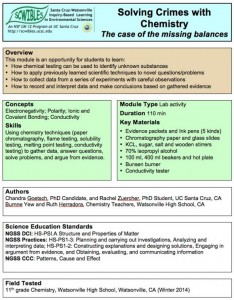
 Using Paper Chromatography to Understand Polarity
Using Paper Chromatography to Understand Polarity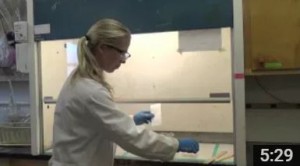
 Tools for Uncovering the Human Geography of Pollution
Tools for Uncovering the Human Geography of Pollution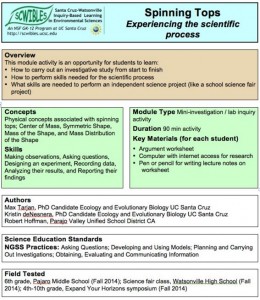
 Exploring Trends Across the Periodic Table
Exploring Trends Across the Periodic Table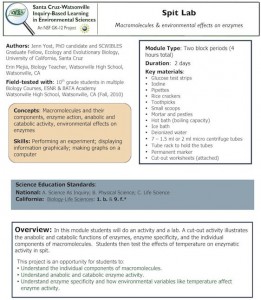
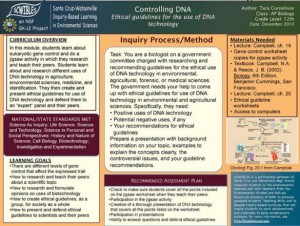
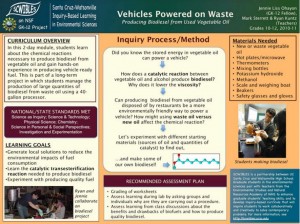
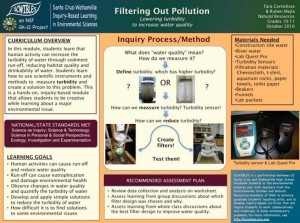 Lowering Turbidity to Increase Water Quality
Lowering Turbidity to Increase Water Quality